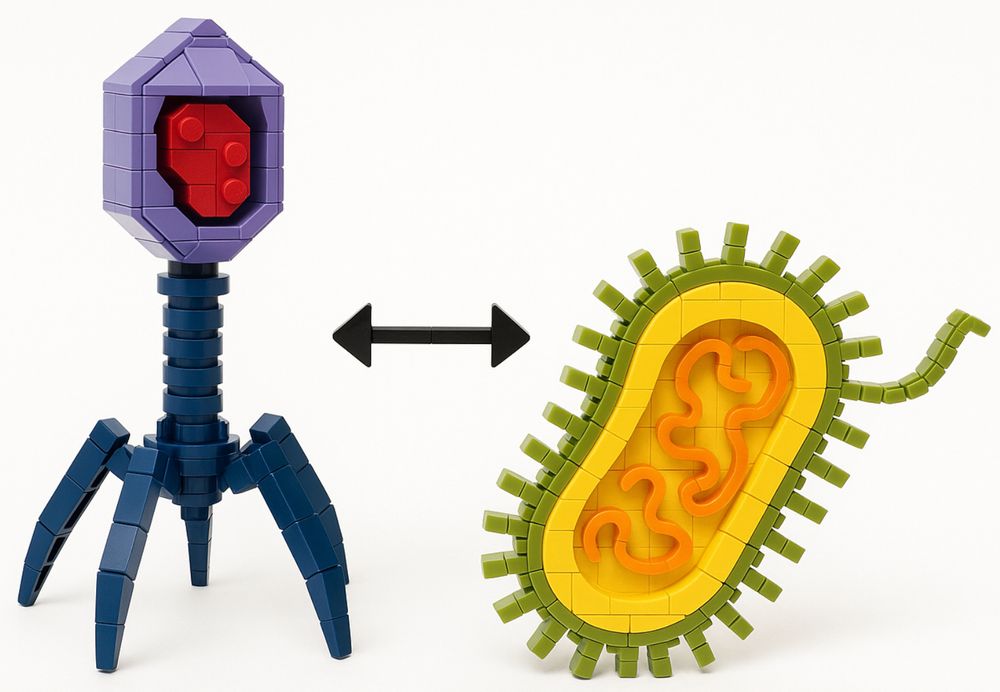Rafal Mostowy
@rafalmostowy.bsky.social
550 followers
110 following
42 posts
Group leader at Jagiellonian University in Krakow, cofounder of Polonium Foundation. Working on evolution of sex in bugs.
Posts
Media
Videos
Starter Packs
Reposted by Rafal Mostowy
Reposted by Rafal Mostowy
Rob Edwards
@linsalrob.bsky.social
· Jul 25
Rafal Mostowy
@rafalmostowy.bsky.social
· Jun 26

Capsular specificity in temperate phages of Klebsiella pneumoniae is driven by diverse receptor-binding enzymes
Understanding host-range determinants in temperate bacteriophages is critical for elucidating phage-host co-evolution and advancing phage therapies. We analysed 3,900 Klebsiella genomes from diverse e...
www.biorxiv.org
Rafal Mostowy
@rafalmostowy.bsky.social
· Jun 26
Rafal Mostowy
@rafalmostowy.bsky.social
· Jun 26
Reposted by Rafal Mostowy
Rafal Mostowy
@rafalmostowy.bsky.social
· Jan 30

Exploration of the genetic landscape of bacterial dsDNA viruses reveals an ANI gap amid extensive mosaicism | mSystems
We introduce a novel computational pipeline called MANIAC, designed to accurately
assess average nucleotide identity (ANI) and alignment fraction (AF) between diverse
viral genomes, scalable to data s...
journals.asm.org
Rafal Mostowy
@rafalmostowy.bsky.social
· Jan 30
Reposted by Rafal Mostowy


















